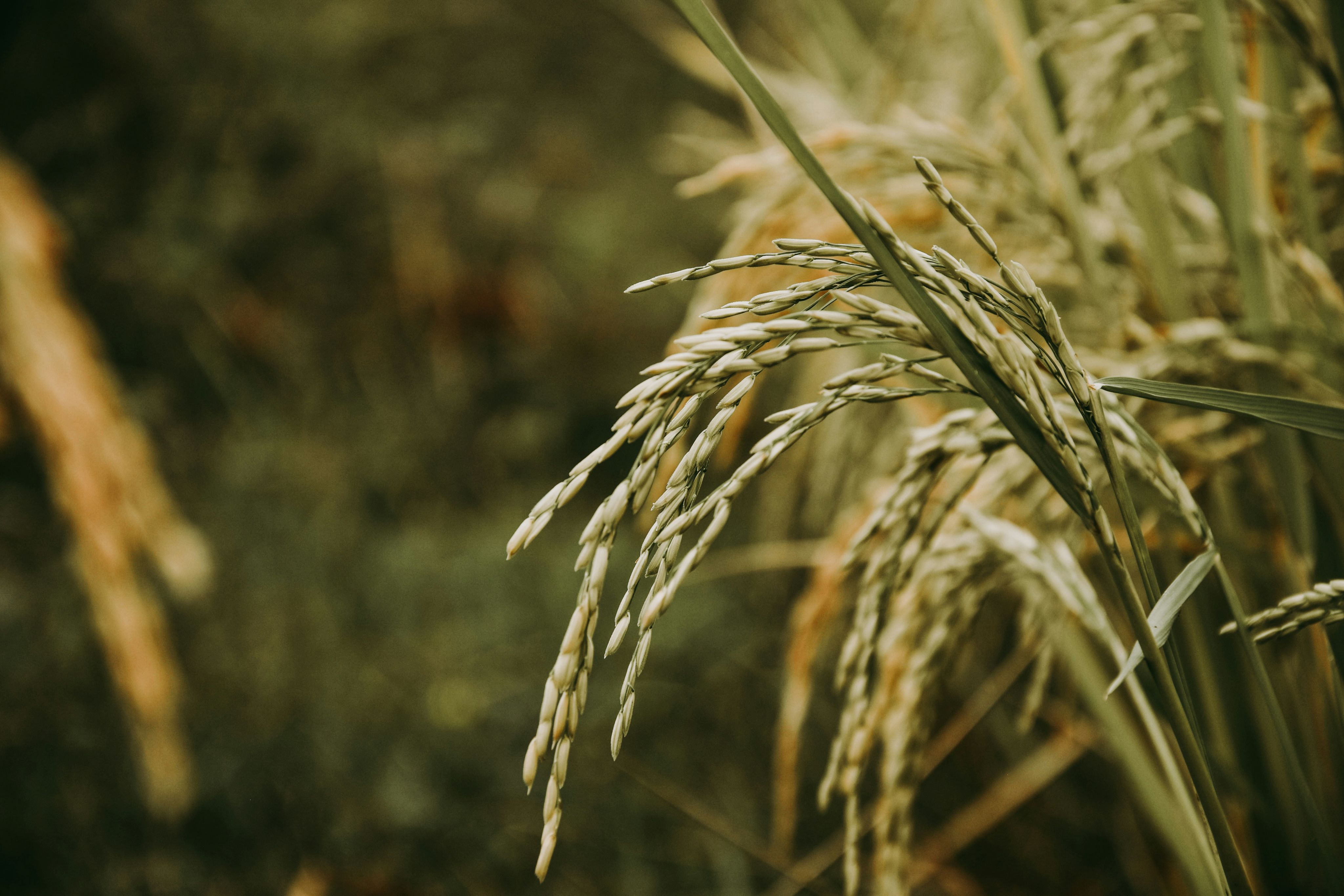Culinary traditions in prehistoric Japan and Korea explored through lipid analysis

In a new study published in PNAS, researchers have uncovered 'culinary traditions' from prehistoric Japan and Korea. The research was part of the ENCOUNTER Project, led by Dr Enrico Crema in collaboration with scientists from the University of Cambridge, the University of York, and the Nara National Research Institute for Cultural Properties, Japan.
The team performed lipid analysis on residues preserved in 260 ceramic cooking vessels from early agricultural sites in Southern Korea and Northern Kyushu (Japan). The results from these analyses pointed to key differences in the use of ceramic cooking vessels between the two regions. “While millet residues from cooking preparations were commonly found in pottery from Korea, they were absent in our samples from Japan”, says lead author Prof. Oliver Craig (University of York). The team suggests that these differences can be put down to a difference in culinary tradition. “Whilst Korean migrants introduced millet and rice to the Japanese islands, the local culinary tradition in the archipelago did not use cooking pots in a similar fashion, retaining a closer resemblance to pre-existing culinary practices”, says co-author Dr Shinya Shoda from the Nara National Research Institute for Cultural Properties.
“These differences in culinary practices provide key insights into how different cultural traits from the continent that were adopted in the archipelago at the turn of the 1st millennium BCE”, says Dr Enrico Crema. Millet was introduced in the Korean peninsula during the second half of the 5th millennium BCE, while rice was introduced much later, towards the middle of the 2nd millennium BCE. Despite the comparatively small geographic distance, both crops were introduced in Japan only at the start of the 1st millennium BCE, indicating a significant delay in the diffusion of millet.
Enrico Crema is a quantitative archaeologists, in this paper his contribution relates to chronological modelling (estimating the appearance of rice and millet farming in Korea and Japan and the chronological gap between the two regions and the two crops) and demographic inference (i.e. estimating and comparing the population growth rate after the adoption of rice and millet farming in Korea and Japan).
Oliver Craig and Shinya Shoda are biomolecular archaeologists; they analysed organic residue samples from ceramics in Korea and Japan (the island of Kyushu), comparing the culinary tradition between the peninsula and the archipelago at the onset of farming, with particular emphasis placed on the role of the two crops.
The research is part of the ENCOUNTER project (2019-2024). It builds on previous findings regarding the diffusion rates of farming within the Japanese archipelago, the demographic consequences of early farming, and simulation models that investigate how marriage practices might have influenced the transmission of different cultural traits.
Published 22 July 2025
The text in this work is licensed under a Creative Commons Attribution 4.0 International License



